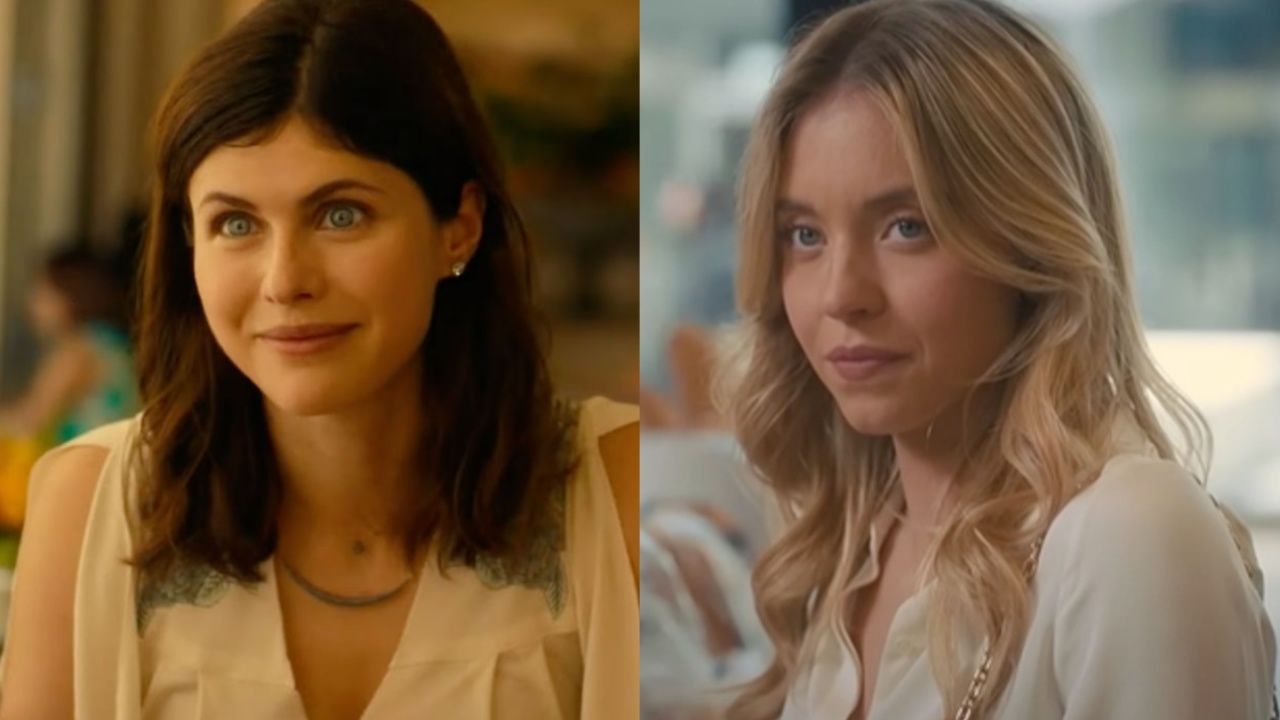Winnipeg-based interdisciplinary artist Erika Jean Lincoln has just made the longlist of nominees for the annual Sobey Art Award, which recognizes exceptional contemporary visual artists from across Canada. Read this article for free: Already have an account? To continue reading, please subscribe: * To continue reading, please subscribe: *$1 will be added to your next bill. After your 4 weeks access is complete your rate will increase by $0.
00 a X percent off the regular rate. Winnipeg-based interdisciplinary artist Erika Jean Lincoln has just made the longlist of nominees for the annual Sobey Art Award, which recognizes exceptional contemporary visual artists from across Canada. Read unlimited articles for free today: Already have an account? Opinion Winnipeg-based interdisciplinary artist Erika Jean Lincoln has just made the longlist of nominees for the annual Sobey Art Award, which recognizes exceptional contemporary visual artists from across Canada.

A self-identified “crip-techno-tinkerist,” Lincoln often explores the intriguing overlaps among artmaking, artificial intelligence and neurodivergence. is one of a series of 12 “collaborative” works involving the artist and a drawing machine. Lincoln has always been interested in the ways humans and machines process and communicate information.
Drawing on work with neuroscientists, software engineers and disability-arts activists, she creates complex, interactive installations that can involve computer programming, automated systems, generative sound and images, robotics and assistive devices. SUPPLIED Emotions — A Walk in the Forest: A Convo w/ A.I.
#2 In this 18-by-24-inch work, the scrawled words, in black ink, come from notes Lincoln made while reading a popular textbook on AI, Stuart Russell and Peter Norvig’s . Lincoln has deliberately left in spelling and spacing mistakes, suggesting the idiosyncrasies of her individual human response. Meanwhile, the machine-generated drawing, seen in the lighter-coloured ink, has its own idiosyncrasies.
In Lincoln’s 2023 exhibition , a plotter a machine that interprets computer commands to make line drawings on paper was programmed to render images of tree rings affected by Dutch elm disease. At one point, the plotter broke down and became physically unable to execute its programming, instead creating a long, continuous, meandering line. To Lincoln, this wayward departure from standard programming seemed to parallel her own circling and complicated thoughts about AI.
Lincoln’s work has always resisted generalized or oversimplified ways of looking at both human and machine intelligence. This approach is rooted in her habit of tinkering with emerging technologies, as well as her own experience of neurodivergence. Several of the drawings in the series reference different modes of knowledge, including embodied, emotive and sensory apprehensions of our environments.
Other pieces speculate about the limitations and possibilities of AI and machine learning. In the case of this drawing, Lincoln conveys a sympathetic human connection to AI, with a poignant response to the melancholy plight of discarded technology. During Elections Get campaign news, insight, analysis and commentary delivered to your inbox during Canada's 2025 election.
Because so many of the current uses of artificial intelligence involve malicious disinformation and unbearably awful kitsch, it’s easy to fall into a doom-laden view of AI as an evil, unstoppable, art-devouring force. But artists have always used tools and technologies, from traditional forms of sculpture, painting and printmaking to later “new media” incursions into video and audio. Rejecting the binary positioning of human originality and creativity on one side and mechanistic algorithms on the other, Lincoln chooses to see AI as another medium for artists to explore.
With a clear-eyed look at what machine learning can and cannot do, Lincoln’s work tinkers with this new technology, trying to figure out ways artists can engage with AI in challenging, creative and innovative ways. Lincoln will be taking part in Dispelling Misconceptions: A Fresh Perspective on AI, along with artists Aderemilekun “Oluuji” Olusoga and Kris Snowbird. Presented by First Fridays in the Exchange, Video Pool Media Arts Centre and Harbour Collective, the talk will take place on May 2 at 6 p.
m. at THE PIVOT, located on the second floor of the Artspace Building at 100 Arthur St. Admission is free.
) [email protected].
ca Studying at the University of Winnipeg and later Toronto’s York University, Alison Gillmor planned to become an art historian. She ended up catching the journalism bug when she started as visual arts reviewer at the Winnipeg Free Press in 1992. Our newsroom depends on a growing audience of readers to power our journalism.
If you are not a paid reader, please consider . Our newsroom depends on its audience of readers to power our journalism. Thank you for your support.
Studying at the University of Winnipeg and later Toronto’s York University, Alison Gillmor planned to become an art historian. She ended up catching the journalism bug when she started as visual arts reviewer at the Winnipeg Free Press in 1992. Our newsroom depends on a growing audience of readers to power our journalism.
If you are not a paid reader, please consider . Our newsroom depends on its audience of readers to power our journalism. Thank you for your support.
Advertisement Advertisement.
Entertainment

Techno tinkering offers fresh perspective on AI possibilities

WHAT IT IS: Winnipeg-based interdisciplinary artist Erika Jean Lincoln has just made the longlist of nominees for the annual Sobey Art Award, which recognizes exceptional contemporary visual artists from across [...]















